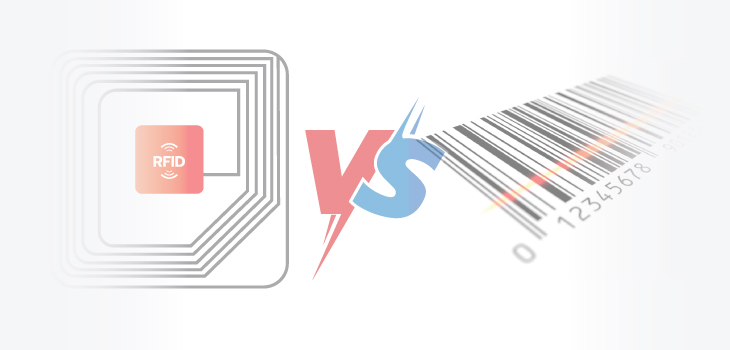RFID (Radio-Frequency Identification) and Barcodes are both technologies used for identifying and tracking items but they differ significantly in their operation and capabilities. They have become go-to solutions for businesses looking to optimize their processes such as inventory, WMS or asset tracking. Each technology brings its own unique benefits and challenges, providing different ways to track and manage products effectively.
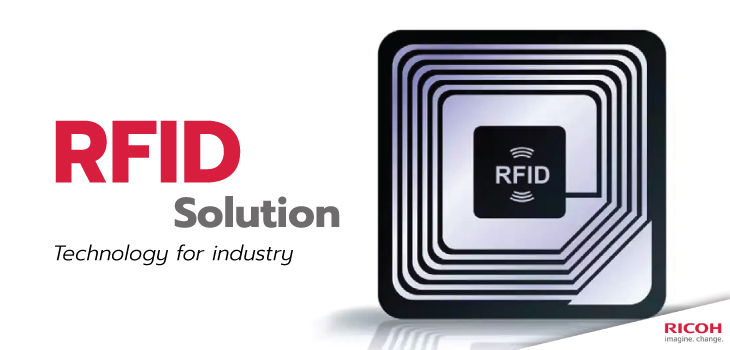 RFID Solution
RFID Solution
What is RFID?
RFID (Radio-Frequency Identification) is a technology that uses radio waves to identify and track tags. It is a form of wireless communication that enables data transmission from an RFID tag to an RFID reader device
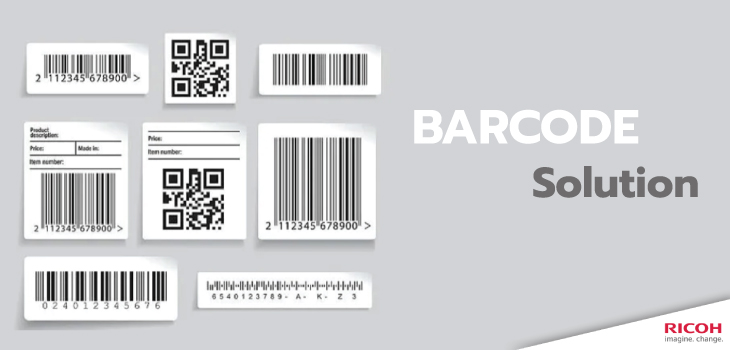 Barcode Solution
Barcode Solution
What is a Barcode?
A barcode is a machine-readable code. It comprises a series of black and white bars of varying widths and spacing enclosed within a square or rectangular frame. A barcode is designed to store data that can be easily decoded by a barcode scanner. Barcodes are often accompanied by printed numbers beneath the bars, for manual data entry in case of scanning failure.
The Difference between RFID VS BARCODE
RFID | BARCODE | |
| Can store a large variety of data, from price, color, manufacturing date, expiration date, shipping date, or maintenance information. | Data Storage | Can store a limited amount of information. Barcodes can only read product information. They cannot read information such as manufacturing date or expiration date. |
| Can transmit data very quickly and in large quantities at once. It can be read at a faster rate than barcodes. Read time is less than 100 ms per tag. | Readability Speed | Require a person to scan each item when there are a large number of items, which is time-consuming and labor-intensive. Read time is half a sec or more |
| There may be some discrepancies, as it is not suitable for metals and liquids | Accuracy | Barcodes will work with equal accuracy on different materials |
| Can be read from a distance | Range | Requires close proximity to the scanner |
| Durable and Damage-Resistant | Durability | Can be easily damaged or unreadale due to wear and tear |
| Higher initial cost | Cost | Affordable and easier to implement |
| Can be embedded within objects or integrated into product packaging | Flexibility | Printed on surfaces and require sufficient space for placement |
| No blind spot in reading data. Tags can be read from a longer distance than barcodes. Data can be read without the tag being in a straight line with the reader. Furthermore, the data cannot be read without the tag being visible. Just place the tag in the area where the radio waves can reach. | Blind Spot Reading | Scanning has blind spots because barcode reading uses light to read the information, so the barcode must be aligned with the reader. Or the barcode is damaged, such as faded or wrinkled, and the reader cannot read it |

Let’s connect
Get in touch with one of our consultants and find out how we can help you to implement a barcode system
Recommended resources for you

Getting to Know Industrial Tablets
Industrial tablets are specialized computing devices designed and built for industrial environments. They are specially designed for ruggedness to withstand harsh industrial conditions such as vibration, dust, extreme temperatures, and drops.
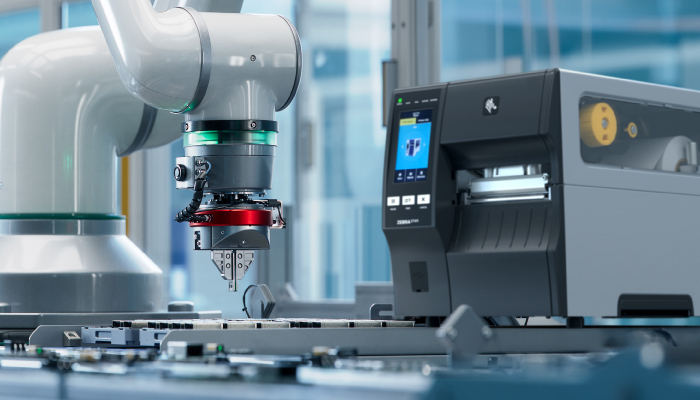
The essential of Industrial Barcode Printer
In today's fast-paced of data-drive and technology adoption, effective labeling is important for organizations in industries.
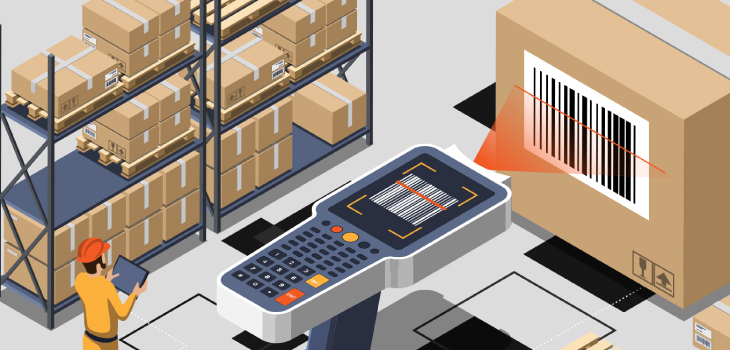
Benefits of barcode readers
Barcode scanners are devices that read and decode barcodes on products, inventory, and assets. They are essential tools for inventory management, helping businesses efficiently track products, speed up data entry processes, and reduce errors.

